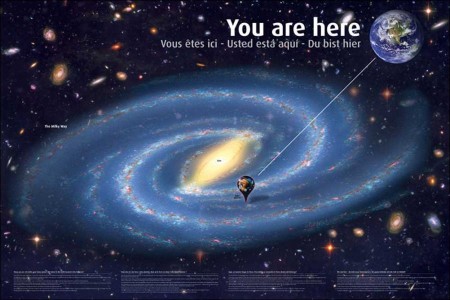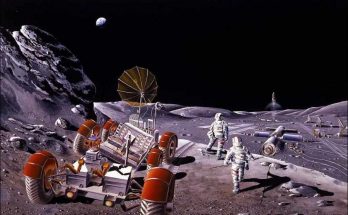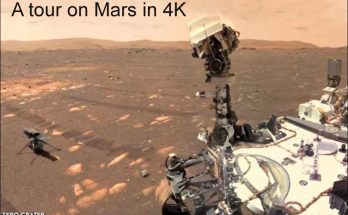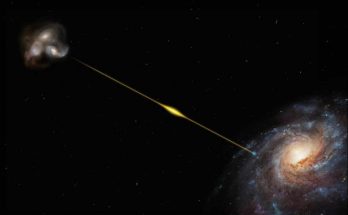In the year 1851 cultivated persons in cities throughout Europe went to the largest cathedrals to attend an unusual sort of worship. They were coming to witness Jean Foucault’s pendulum experiment, which he had first performed for the public in that year under the dome of the Pantheon in Paris.
From the highest point in the cathedral a heavy weight hung suspended on a thin rope, so that it was free to swing in all directions. it was given a push in a northerly direction, and began to swing in a north-south line. It continued to swing for days, but ever so slowly the direction of its swing shifted. And it continued to do so visibly. Those who waited long enough were able to see the plane of the pendulum’s swing turn in a full circle in the course of a day.
Actually, however, the plane of oscillation had not change d at all. A pendulum retains the direction of its original motion, as stated by Galileo’s law of inertia. Thus the pendulum provided visible proof of Copernicus’ doctrine: the Earth was turning underneath the swinging pendulum.
How unfortunate it was that Galileo did not notice this when he observed the chandelier swinging in the Duomo at Pisa. He would have been spared his troubles with the Inquisition; such tangible proof of the Earth’s rotation would have silenced all doubts.
Nevertheless, the Frenchman’s ingenious experiment stimulated other ideas, for which the times and the place were ready: ideas on one of the fundamental problems of both philosophy and religion.
Originally Newton had asked himself whether absolute movement existed in the universe, that is to say, movement in itself which we could determine without reference to other movements. His answer was that there was only one such motion: the rotation of the Earth. Ultimately, he maintained, we would have discovered this motion even if there had not been a sky full of stars circling about the polestar above our heads. Even without the polestar we would have found the flattened poles of our globe; we would have understood that they had been caused by the distorting effect of centrifugal force.
From this reasoning Newton drew a profound conclusion. If we imagine our universe with no other bodies beside the Earth, there must still be something to which we can refer the motion of the Earth, something that is at rest in relation to the Earth. Absolute motion presupposes something absolutely at rest. Only space can be this something. Hence, space ceases to be solely a philosophical concept, a mere word; it must have physical existence, for all that its only characteristic is being at rest. This idea of something at rest, ubiquitous, absolutely fixed, suggested the attributes of the Supreme Being; physical space of its own accord intruded itself into the sphere of religion.
Visits: 99



